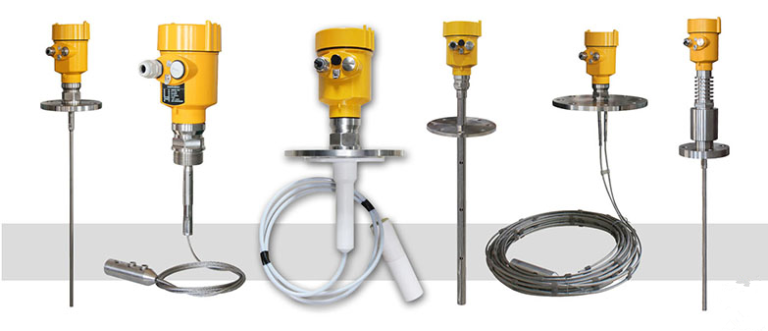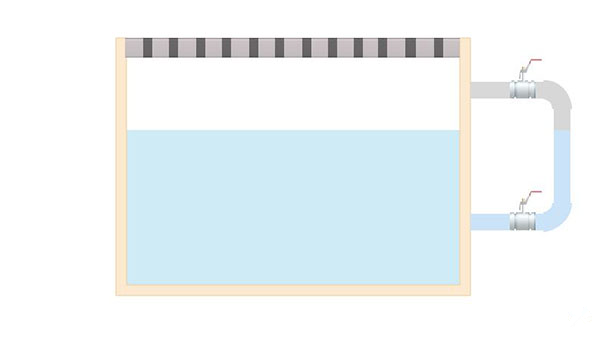Everything changes as it develops. The same is true of liquid level detection methods, which first appeared in Egypt more than 5,000 years ago when stone scales with scales were used to measure the water level of the Nile. As time went on, liquid level measurement methods such as the direct vision method, float method, buoyancy method, and time travel method appeared one after another.

Radar level meter as one of the most popular measuring instruments today, what detection method does it use? To clarify this question, it is first necessary to understand what the direct vision method is, the float method, and the time travel method.

The direct-view method refers to the range of liquid level changes on the storage tank, through the installation of two valves at the upper and lower ends, connected to a bypass tube made of transparent material, according to the principle of the connecting tube, when the upper and lower valves are open, the liquid level in the bypass tube is the same as the liquid level meter in the storage tank. Therefore, the liquid level in the bypass tube can be directly observed to know the real level value of the liquid in the storage tank.
The float method is characterized by a detection component (float) that floats on the liquid level and transmits the level signal as the liquid level rises and falls. It is typically represented by a servo-type balanced float level meter.
The buoyancy method is based on the difference between the weight of the buoyancy device itself and the buoyancy force exerted on it by the liquid to be measured for level measurement. The float method measures displacement, while the buoyancy method measures force, which is proportional to the level and density of the liquid and is converted to level accordingly.

In the time travel method, the distance to the liquid level is measured by using the reflection of a certain energy (microwave, ultrasonic) on the measured liquid level and measuring the travel time from emission to reception of the reflected return wave. In storage tanks, the level height is obtained by subtracting this empty tank height from the total tank height.
The principle behind the development of the radar level meter is that the radar emits microwave pulses, which are transmitted by the antenna and reach the surface of the liquid, which reflects the signal back, where it is received by the radar and converted into a level signal by some method. From this principle, both radar level meters and ultrasonic level meters belong to the time travel detection method.
In fact, in addition to the several detection methods described above, there are many other methods of liquid level measurement, such as the heavy hammer detection method, the capacitance method, and so on. If you are interested, I will continue to update you later.
